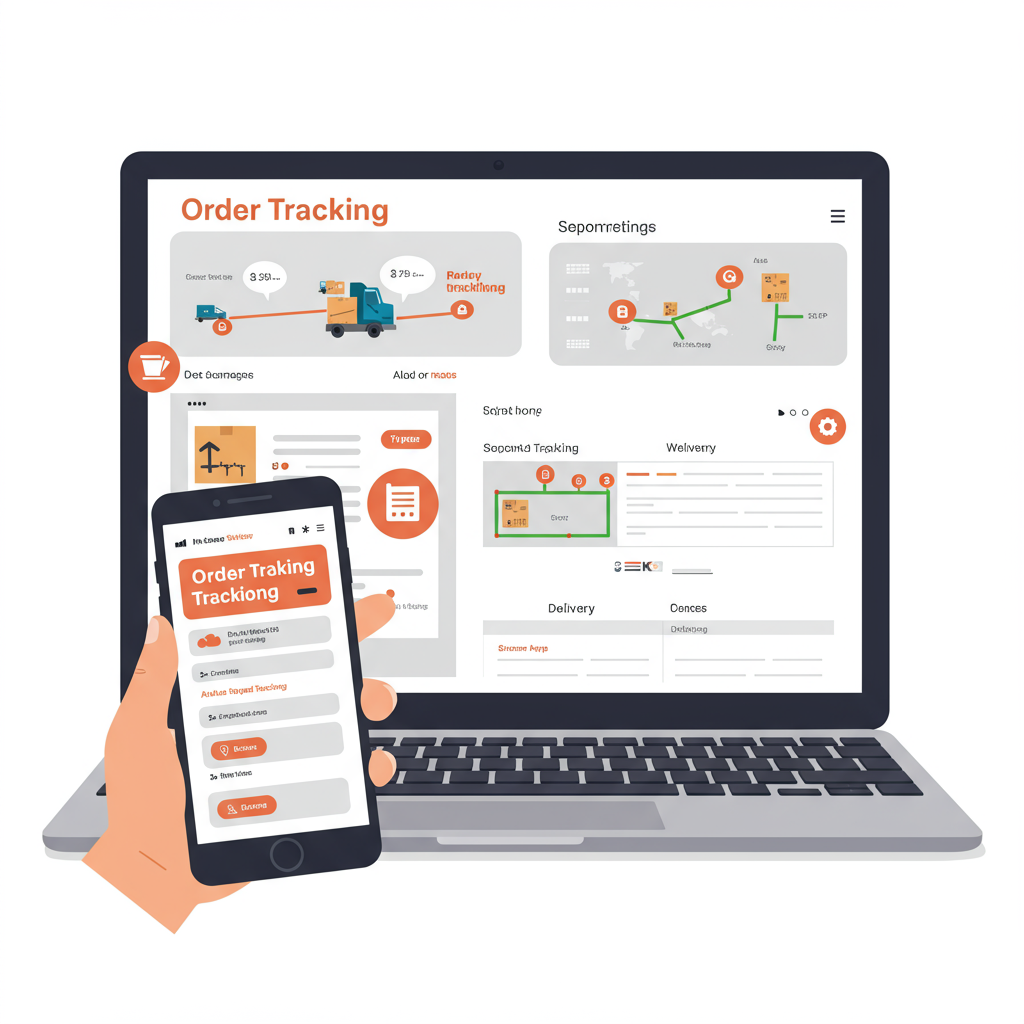Discover how robust order tracking integration can transform your Shopify store’s customer experience and streamline your post-purchase operations.
As a Shopify merchant, I’ve learned that the journey doesn’t end when a customer clicks ‘purchase.’ In fact, that’s often just the beginning of a crucial phase: the post-purchase experience.
One of the most impactful elements of this phase, and one that directly influences customer satisfaction and loyalty, is order tracking.
I’ve seen firsthand how providing clear, consistent, and easily accessible tracking information can turn a one-time buyer into a loyal advocate for your brand.
Conversely, a lack of transparency or a confusing tracking process can lead to frustration, increased customer service inquiries, and even negative reviews.
That’s why I believe integrating a robust order tracking solution into your Shopify store isn’t just a nice-to-have; it’s an absolute necessity for modern e-commerce.
Let’s dive into why this is so important and how you can achieve seamless integration.
First, consider the benefits. For your customers, it means peace of mind. They know exactly where their package is, when it’s expected to arrive, and can plan accordingly.
This proactive communication significantly reduces ‘Where Is My Order?’ (WISMO) inquiries, freeing up your customer service team to handle more complex issues.
For your business, it translates into improved customer satisfaction, which directly impacts repeat purchases and positive word-of-mouth referrals.
A branded tracking page, for instance, keeps your customers engaged with your brand even after they’ve left your store, reinforcing your identity.
While Shopify offers basic tracking links, I’ve found them to be quite limited. They often redirect customers to carrier-specific websites, which can be clunky, unbranded, and lack a unified experience.
This is where third-party order tracking integrations come into play. They bridge this gap, offering a centralized, branded, and feature-rich tracking experience.
These integrations typically come in the form of Shopify apps, designed to seamlessly connect with your store and various shipping carriers.
When I look for an order tracking solution, I prioritize several key features. First and foremost is multi-carrier support.
If you ship with different carriers, you need a solution that can pull tracking data from all of them into one unified dashboard and customer-facing page.
Next, a branded tracking page is non-negotiable. This allows you to customize the tracking experience with your logo, colors, and even marketing messages, turning a utility page into a brand touchpoint.
Automated notifications are another game-changer. Imagine your customers receiving proactive email or SMS updates at every key stage: ‘Shipped,’ ‘In Transit,’ ‘Out for Delivery,’ and ‘Delivered.’
This level of communication builds trust and reduces anxiety. Look for solutions that allow you to customize these notification templates.
Real-time updates are crucial for accuracy. Your chosen integration should pull data frequently to ensure customers always have the most current information.
Finally, analytics and insights are incredibly valuable. Understanding your delivery performance, identifying common shipping issues, and even predicting potential delays can help you optimize your logistics.
So, how do you integrate one of these powerful solutions? The process is generally straightforward.
Start by researching apps in the Shopify App Store. Read reviews, compare features, and consider your specific shipping needs and budget.
Once you’ve chosen an app, installation is usually a one-click process directly from the App Store, granting the necessary permissions to your Shopify store.
The next step is configuration. This involves connecting your shipping carriers to the app, setting up your branded tracking page, and customizing your notification preferences.
Many apps offer intuitive dashboards that make this process simple, even for those without technical expertise.
Always, always test your setup before going live. Place a test order, track it through the system, and ensure all notifications are firing correctly and the tracking page looks as expected.
Once integrated, communicate clearly with your customers. Include a link to your branded tracking page in your order confirmation emails and on your website.
Set realistic shipping expectations upfront, and be prepared to offer support if a package encounters an unexpected delay.
Leverage the data provided by your tracking solution to refine your shipping strategy, identify peak delivery times, or even negotiate better rates with carriers.
Regularly review your app’s performance and customer feedback to ensure it continues to meet your needs and provide the best possible experience.
Some advanced solutions even offer AI-powered predictive tracking, returns management integration, or direct integration with customer service platforms, further streamlining your operations.
In my experience, investing in a robust order tracking integration pays dividends in customer satisfaction, reduced support overhead, and ultimately, increased sales.
It transforms a potentially anxious waiting period into a positive, branded experience that reinforces your commitment to excellent service.
What are your thoughts on the importance of order tracking for e-commerce businesses?
By taking control of the post-purchase journey, you’re not just delivering products; you’re delivering an exceptional brand experience.






